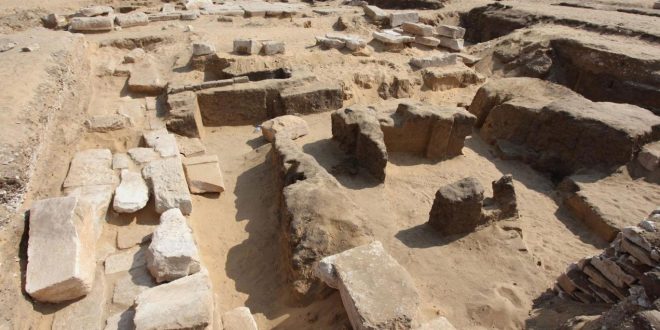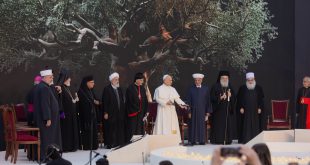ARCHAEOLOGISTS have found the remains of an ancient temple belonging the greatest, most celebrated and powerful pharaoh of the Egyptian Empire.
ARCHAEOLOGISTS in Egypt have discovered the remains of an ancient temple belonging to King Ramses II — often regarded as the greatest, most celebrated, and most powerful pharaoh of the Egyptian Empire.
The discovery was made near the famous step pyramid of Saqqara in the village of Abusir southwest of Cairo by an Egyptian-Czech team.
Head of the Czech researchers Miroslav Barta said the temple is the only evidence of the presence of Ramses II in the Badrashin area in Giza — part of greater Cairo.
The temple was 32 by 52 metres in dimension, with a large forecourt and two identical storage buildings either side of the complex.
There was also a ramp or staircase leading to an elevated stone sanctuary at the rear of the court, which researchers believe was lined with stone columns.
“The remains of this building, which constitutes the very core of the complex, were covered with huge deposits of sand and chips of stone of which many bore fragments of polychrome reliefs,” Professor Barta told Ahram Online.
Prof Barta said in addition to finding evidence of King Ramses II, they found engravings connected to solar deities such as Re, Amun and Nekhbet.
“The discovery of the Ramses II temple provides unique evidence on building and religious activities of the king in Memphis area and at the same time shows the permanent status of the cult of sun god Re who was venerated in Abusir since the 5th Dynasty and onwards to the New Kingdom,” he said.
Archaeologists believe the complex was built between 1213 and 1279BC.
The fame of Ramses II has long been attributed to his massive building program, which saw a number of colossal statues commissioned.
Dubbed Ramses the Great by the Egyptologists of the 19th century, he is also known for fathering more children than any other pharaoh.
His reign from 1279 to 1213BC is considered the last peak of Egypt’s imperial power.
News.com.au
 Lebanese Ministry of Information
Lebanese Ministry of Information



